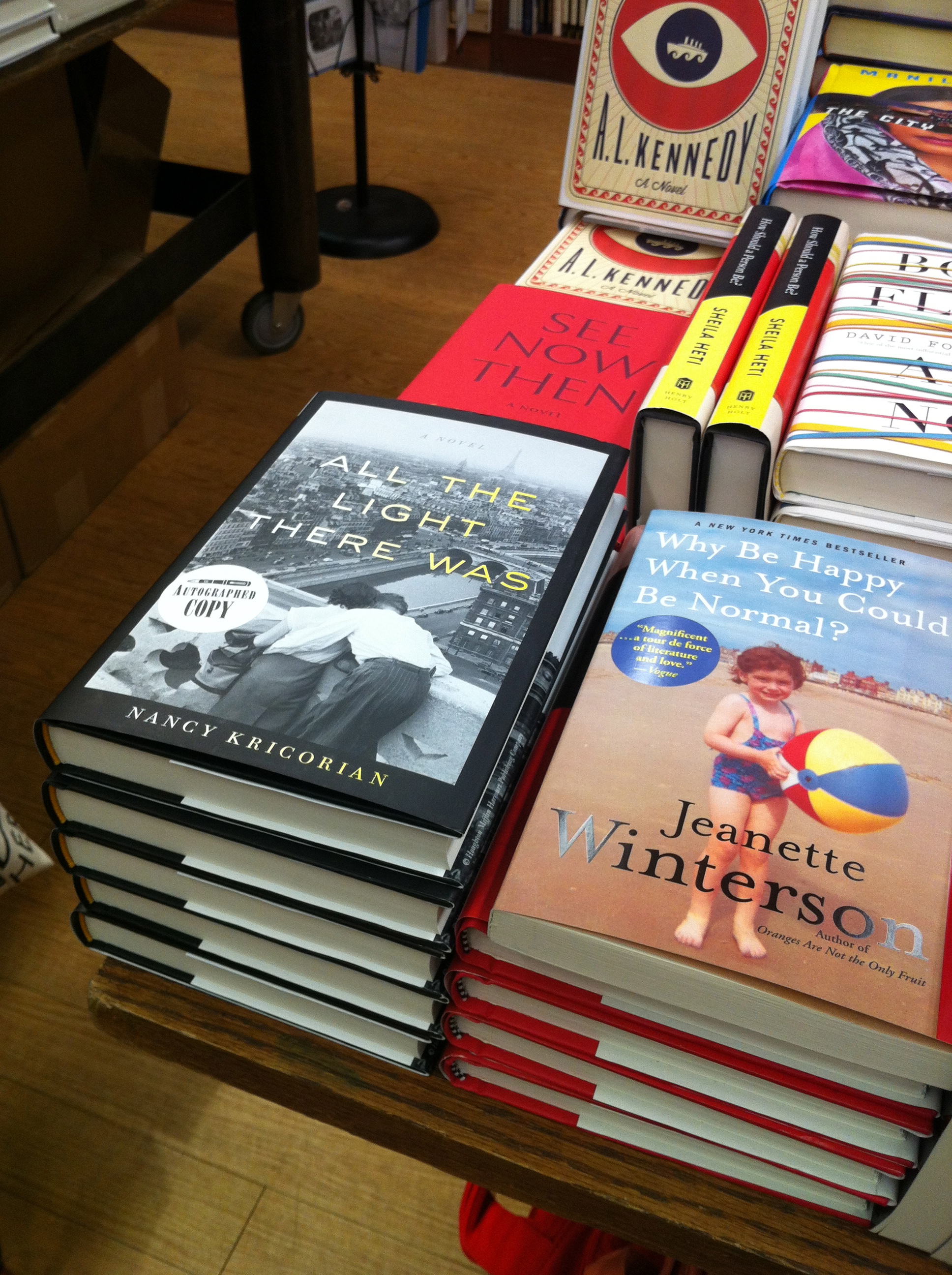
Dressed as a Pink Peace Officer (2007)
I wrote this piece in 2005 during my tenure as the New York City coordinator of CODEPINK Women for Peace, and presented it as a talk at a number of panels and conferences. It posted to the CODEPINK web site soon thereafter, and a version of it was subsequently published in Women’s Studies Quarterly in the Spring of 2006. (This is a slightly updated version from 2007.)
CODEPINK Women for Peace is a grassroots peace and social justice movement working to end the war in Iraq, stop new wars, and redirect our resources into healthcare, education and other life-affirming activities. CODEPINK was founded in November 2002 as a women’s peace vigil outside the White House. The name CODEPINK was chosen as a response to the Department of Homeland Security’s color-coded advisory system. The government says Code Yellow for High Risk of Terrorist Attack and we say CODEPINK for Peace. In the past four years CODEPINK has grown to a national organization with over 100 local chapters.
CODEPINK employs a variety of tools and techniques for working towards positive social change, but we are known for our use of direct action and street theater.
First to define the terms:
Direct action is a political tactic of confrontation and sometimes-illegal disruption intended to attract and arouse public awareness and action. The Montgomery Bus Boycott in 1955 was an example of direct action that was successful in ending seating segregation on the public buses.
Street theater, sometimes called Guerilla Theater, involves the acting out of a social issue in a public space—that could be in a park, on the street or in a subway car. It is a form of direct action. There are a number of street theater groups here in New York, among them CODEPINK, the Billionaires for Bush, Reverend Billy and the Church of Stop Shopping. The Reverend Billy, for example, has performed exorcisms of cash registers in Starbucks stores to show his dislike of the corporate take-over of American life. After an exorcism in Los Angeles Starbucks obtained a restraining order against the Reverend Billy so he is not allowed within 250 yards of any Starbucks in the state of California.
Civil disobedience, which is another form of direct action, involves the nonviolent act of breaking the law to call attention to a particular law or set of laws that some people think are immoral or questionable. An example of civil disobedience from the Civil Rights Movement was the “sit-in” campaign by African-American students in the south. The students would sit at Whites Only lunch counters, trying to show that it was wrong to have a law enforcing that kind of segregated seating. They would remain in their seats, in effect breaking the law, until the police were called in to drag them out.
CODEPINK has used direct action on numerous occasions to make our opposition to the war in Iraq known—during the Democratic and Republican National Conventions in 2004, during press conferences in Baghdad, outside Armed Forces Recruiting Centers here in Manhattan and during recent fundraisers for New York’s Senator Hillary Clinton, who was a consistent supporter of the war even as she criticized the way it was being managed.
Starting in late 2005 CODEPINK bird-dogged Hillary at her appearances in New York,; held vigils outside her Manhattan office; and showed up inside and outside of her speeches and fundraisers in cities around the country, including Washington, D.C., Chicago, Denver, San Francisco and Los Angeles. Our LISTEN HILLARY campaign has had an impact on the Senator’s rhetoric on the war as well as her recent votes against war funding in the Senate.
CODEPINK women have been popping up all over the place with our pro-peace message—and you’ll often see us on the evening news.
Why direct action?
You know the old expression, “The squeaky wheel gets the grease?” Using direct action is a way of being a very squeaky wheel.
Huge media conglomerates control most of the information we see and hear about the world. Corporate-owned television outlets show us for the most part the version of reality that the current government wants us to know. For example, the Bush administration doesn’t want us to see the dead bodies of Iraqi women and children who are killed in U.S. military campaigns. They don’t want us to see the bodies of dead U.S. servicemen. These kinds of images are part of what turned public opinion against the Vietnam War and if we actually saw the devastation being caused with our tax dollars—and billions of our tax dollars—we might have something to say about it. By controlling the images we see they hope they can control our perceptions of and often feelings about the war in Iraq.
Direct action and street theater are ways to try to break through this control and have our anti-war message covered by the mainstream media. We believe that direct action works. A recent study on environmental activism by sociologist Jon Agnone showed that chaining yourself to a bulldozer is more likely to influence environmental policy than lobbying on Capitol Hill. And beyond having a direct influence on legislation, we believe that our street actions have an impact in our communities. It’s about educating people. It’s about making an alternative version of reality visible on the streets and on the news. We’re angry about what’s going on; we’re standing up for our beliefs and principles, and we’re strengthening our movement and ourselves by working together. And often we’re also having a great time.
Nancy Kricorian
Published in Women’s Studies Quarterly, Spring 2006


